Many young people accord fish-keeping a very low priority as a hobby.
The problems of aquatics
Aquatics has an image problem. Our fast-moving times, in which one event comes hot on the heels of the last, are not easy for sectors that need a lot of time and effort and quite a bit of patience. Young people especially regard aquatics as something old-fashioned that doesn’t really fit in with “cool” hobbies such as surfing the Net or listening to music. And many people still regard aquatics as a very complicated pastime requiring comprehensive technical knowledge. This is not entirely wrong, because the number of people taking up aquatics and giving up their hobby again in frustration after only a short time has certainly not fallen over the years.
Aquatics departments with exemplary fittings and exciting design as here at Aquatop in Aachen, Germany, are few and far between.
But aquatics still has a chance in competition with leading leisure pursuits such as travelling and computing, because in many countries the interest in nature and the environment has risen remarkably. This is evident from the increase in viewing figures for TV documentaries about animals and plants. Leading aquatics companies are trying to use this positive trend to their advantage. They are actively trying to present the hobby to the public as dynamically and innovatively as possible. Advertising has become more catchy and is not only aimed at aquarium owners who have been loyal to their hobby for many decades. Using new media to increase the number of aquarium owners is no longer taboo, either. Sera, for example, developed an interactive CD some years ago that offers newcomers to the hobby over 1,000 different ways to create the aquarium of their dreams. The CD also helps to avoid mistakes in setting up the aquarium. And the retail trade can profit from it, too – the CD is an important pre-sales tool as well as providing a valuable source of reference for pet shop staff.
To make life easier for aquarium owners, Sera and JBL have recently launched their so-called online laboratories onto the market. Both laboratories enable you to perform an individual water check on the Internet and both give tips on how to improve the water values in aquariums.
And even aquarium manufacturers have become more innovative. They have recognised that an aquarium cabinet in rustic oak prompts serious misgivings in even the most avid ornamental fish enthusiast living in a contemporarily furnished house. But the variety of colours and shapes has expanded remarkably over time, and aquarium cabinets are now available in triangular or octagonal shapes and any combination of current fashion colours to cater for everyone’s taste.
Shortcomings of presentation in pet product stores
The presentation of aquatics in pet product stores is still far from perfect. Many specialist shops and pet stores lack competent staff who can advise customers. This is a pity, because aquatics in particular offers retail stores an excellent opportunity to differentiate themselves in terms of quality from DIY stores and supermarkets. It is important, however, to have a knowledge of the various types of fish and their needs and not to give customers the wrong information. It is also of paramount importance to offer healthy fish that customers can really take pleasure in. To go for cheap goods and flog them cheaply might be successful in the short term, but in the long term it’s a step in the wrong direction, because a disappointed customer is hardly likely to enter the store for a second time. And this practice can cause horrendous damage to the entire sector.
Unusual aquariums are no rarity nowadays.
Even if a retailer has good specialist knowledge, it doesn’t mean that he can give customers the best advice. Many retailers often talk over the heads of their customers. A newcomer to aquatics who buys an aquarium for aesthetic reasons will not have much interest in a retailer’s long monologue on the various technical processes. Brief and concise information about how to operate an aquarium is much better. It must also be taken into consideration that an increasing number of new aquarium owners place great emphasis on the fact that the aquarium should match the interior design of their house. Speciality retailers should therefore bend to the wishes of the customer and be prepared to obtain more unusual aquarium furniture in a short space of time.
Another shortcoming often encountered in the speciality retail sector concerns the presentation of the aquatics department. Many speciality retailers don’t think along the same lines as their customers.
Giving bulky objects such as tree roots, porous rocks and aquarium pebbles priority in the aquatics department is like a Rolls Royce dealer hiding his elegant limousines behind stacks of tyres and bumpers. In other words, an aquatics department needs to have display tanks set up that attract customers to the hobby and give them new ideas on how to refit their own aquariums. Decorative items and care products should remain in the background in the presentation.
It is also important that the aquariums in the store are regularly maintained. Dirty glass panes and half-dead fish in the tanks don’t make a good impression and tend to put customers off.
New media at the service of aquariums: the online laboratories of Sera and JBL.
Suppliers of aquatics products
The competition in all product groups is fierce in spite of the stagnation in the aquatics market. However, this has had no influence so far on the ranking of the companies with the highest turnover. As regards ornamental fish food, the three well-established companies Tetra, Sera and JBL are still dominant and have been for many years. The Polish company Tropical has a strong position in Eastern and Central Europe, while in the UK and France Rena is worth mentioning. Last year this company became part of the Mars Group. Astra and Prodac, both still relatively new companies, are gaining ground. Both companies had a strong presence in their respective home markets Germany and Italy, but have also become more active on the international front in recent years. By comparison, Vitakraft is a less significant market player in the aquatics sector. And Eheim still dominates the technical arena, in spite of a steady stream of new competition. The Canadian company Hagen is going strong in the aquatics sector and anticipates good prospects for further growth. The Italian company Hydor deserves a mention here, too. Hydor has caused a stir in the market in the last few years with some new innovations and is planning to keep up this momentum in future. It will be exciting to see how the expanded technical range that Sera introduced at Interzoo will be received in the market.
The new EU states raise hopes of an expansion of the aquatics sector. In countries like the Czech Republic, Hungary and Slovakia, hobbies such as keeping ornamental fish were one of the few niches where people could develop freely without state supervision. The number of experienced breeders in these countries is correspondingly high, creating suitable conditions for further growth in the aquatics sector. The interest in animals is still stronger in Eastern Europe than in Western European countries, and it would benefit the sector if this trend were to remain strong over the coming years.
The “Nemo effect“ unfortunately lasted only a few weeks.
Many initiatives to advance the French aquarium market
The assertion by Sera that the poor development of the aquarium market in France is attributable in part to poor training and the low pay received by sales staff has met with broad agreement both in the retail trade and among other manufacturers of aquarium products (see PET in Europe 02/2004). According to Sera boss Josef Ravnak – and André Muller, managing director of Sera France, concurred with this – the aim of publicizing Sera’s analysis of the French aquarium market was to provoke a discussion on how the current unsatisfactory situation could be improved in the future. No criticism of individual speciality retail chains or their corporate policy was intended. On the contrary, Sera is convinced that a way out of the segment’s plight can only be found through cooperation. The aquatics company believes that a key to solving the problem is to be found in high-quality branded products with a strong rate of return, together with effective communication with customers and customer service. The company offers a variety of initiatives with its regular training seminars, Sera online laboratory, Sera News and many other activities to provide a new impetus to the French aquarium sector. If implemented consistently in the retail trade, these will ultimately advance the market.
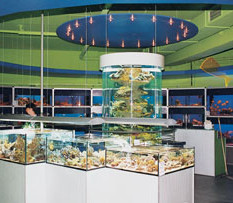
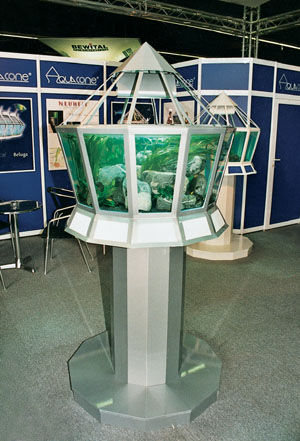
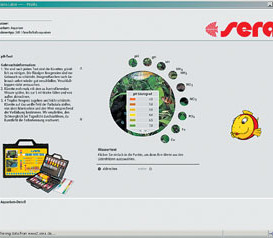
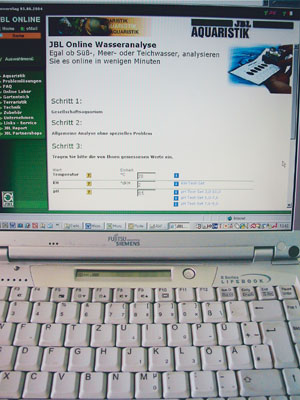
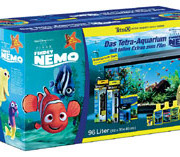

 Menü
Menü





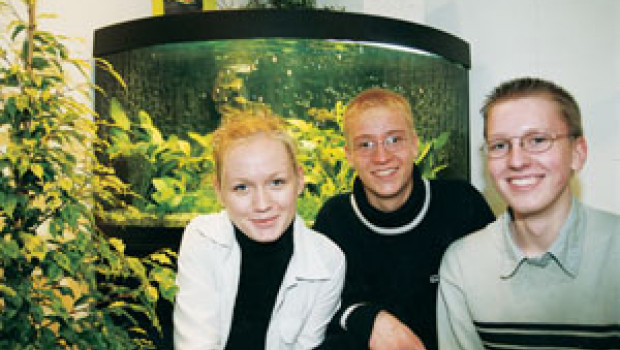
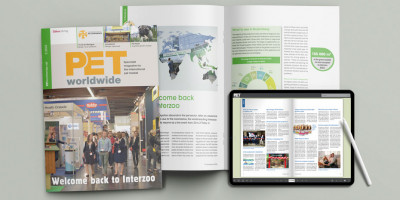

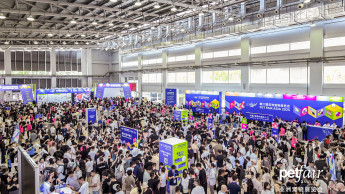
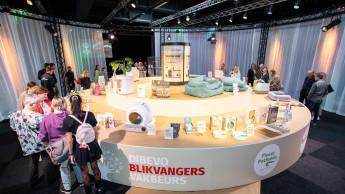
 Print - digital - online
Print - digital - online








